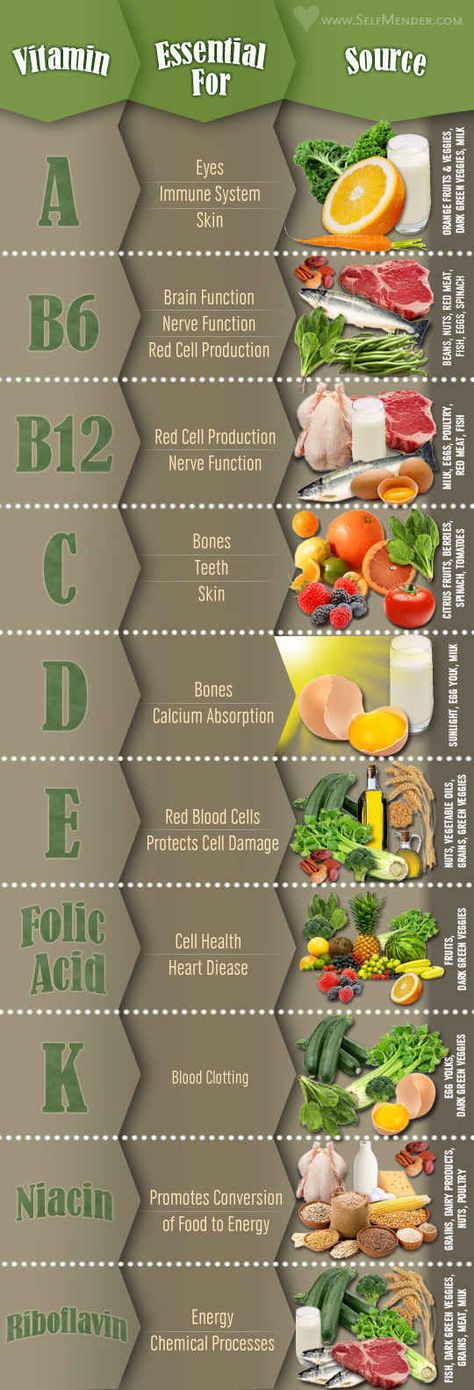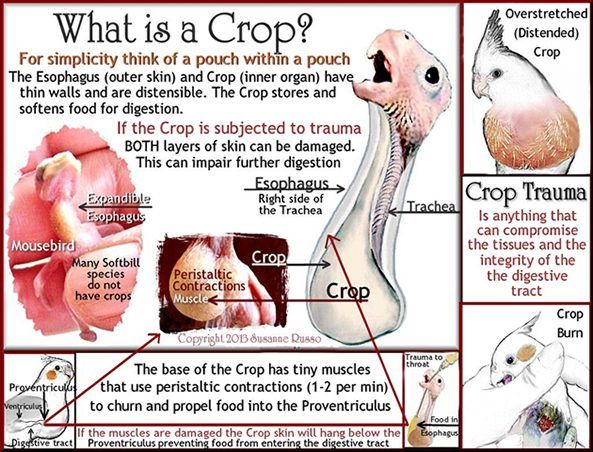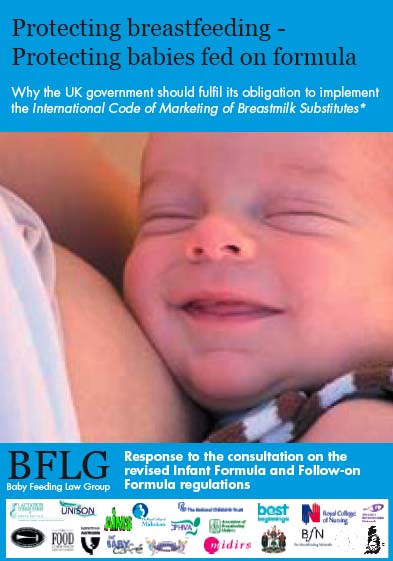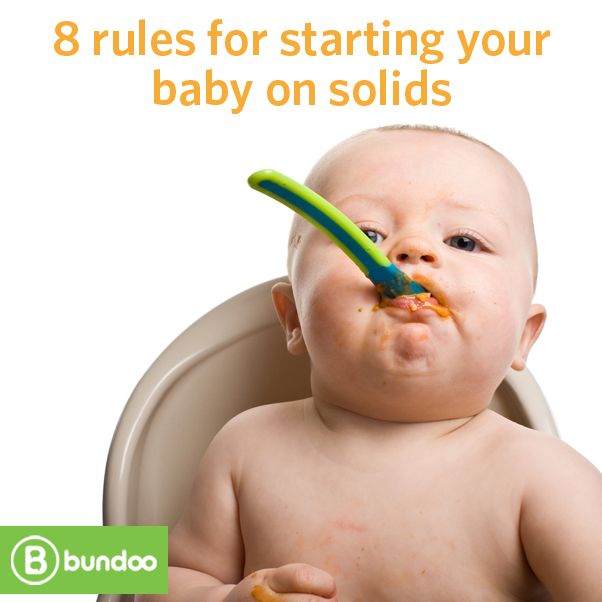When can you stop burping a baby after feeding
How and When to Burp a Newborn
NewbornPediatricsLactation Consultation
Reviewed By Melinda L. Winterscheid, M.D.
While it might not be the most glamorous of tasks, burping your baby is important for his or her comfort. When babies are feeding, they take in air, which can build up and make them uncomfortable, causing you to find yourself with a fussy, squirmy child.
When to Burp Your Baby
How much a baby needs to burp will vary from baby to baby. If you're burping a newborn after breastfeeding, the baby will typically burp less because they swallow less air. Most babies will outgrow the need to be burped by 4-6 months of age.
You can often tell that a baby needs to be burped if he or she is squirmy or pulling away while being fed. This being said, the American Academy of Pediatrics recommends that parents try to burp their baby:
- When a nursing mother switches breasts or
- Every 2-3 oz.
if being bottle-fed (60 – 90 mL)
Pausing to burp frequently slows feeding and reduces air intake. However, if your baby has not successfully burped after a few minutes of trying, switch methods or give up and continue with the feeding. It is possible that your baby doesn’t actually have to burp. The best method for burping will generally differ for babies and parents – use the method that works best for you.
Burping Methods
There are three popular methods for burping newborns and babies. All will require a burping cloth to protect from spit up or wet burps and a gentle patting motion across a baby’s back to coax out the burp. The main difference is how the baby is held. Take care to support the baby’s head and neck safely and move the baby slowly and gently.
- Leaning
- Place a burping cloth or towel on your shoulder and/or back.
- Rest your baby’s chin or belly on your shoulder. (If opting for the belly, make sure that your baby can breathe easily.
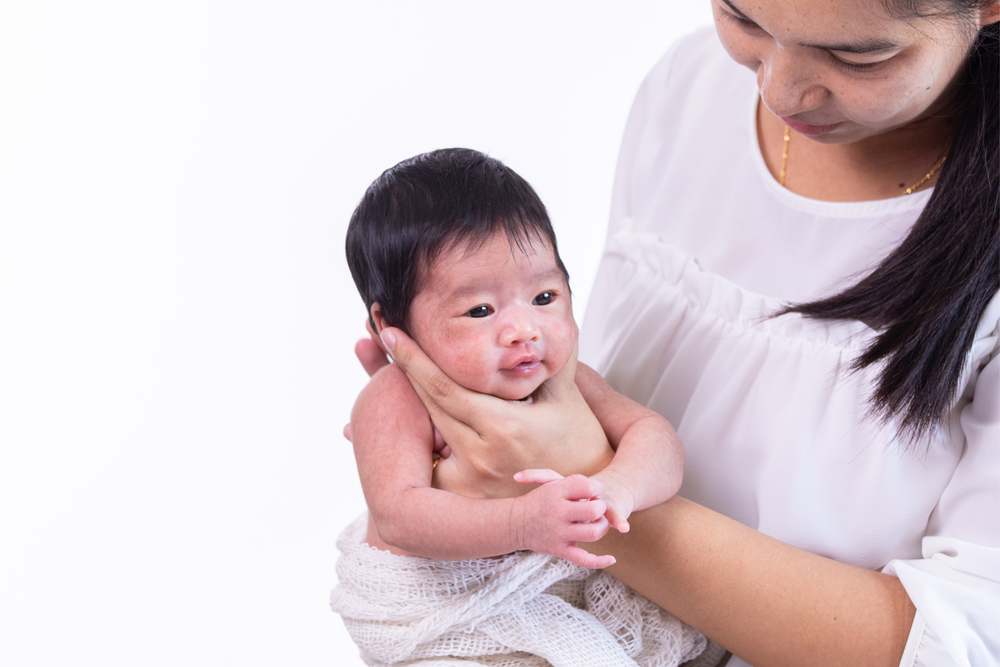 Parents may benefit from trying this option after their baby has better head/neck control.)
Parents may benefit from trying this option after their baby has better head/neck control.) - Support and hold your baby in place with one hand, while using the other to gently pat your baby on the back.
- Sitting
- Place a burping cloth or towel across your lap and put a bib on your baby.
- Using your palm to support your baby’s chest and your fingers to support his or her jaw (not throat), place your baby sitting on your lap, facing away from you.
- With your free hand, gently pat your baby on the back.
- Laying
- Place a burping cloth or towel across your lap.
- Lay your baby across your knees, perpendicular to your body.
- Use one hand to support your baby’s head so that it is higher than the chest. This will prevent blood from rushing to the head.
- With your free hand, gently pat your baby on the back.
More information about feeding and burping your newborn:
When to be Concerned About Spit Up
Feeding Your Newborn
Is My Baby Eating Enough?
Newborn Pediatrics;Lactation Consultation
It looks like your browser does not have JavaScript enabled. Please turn on JavaScript and try again.
It looks like your browser does not have JavaScript enabled. Please turn on JavaScript and try again.
Please turn on JavaScript and try again.
When Do You Stop Burping A Baby?
Our editorial team personally selects each featured product. If you buy something through our links, we may earn an affiliate commission, at no cost to you.
Wouldn’t it be great if there was a perfect guide for burping your baby? Like a recipe it would read: Add twelve firm pats, plus a smidge of back rubs, and after six and a half minutes you’ll have a perfect burp and a happy baby! While a clear-cut formula doesn’t really exist to spell out when your baby needs to be burped, there are burping tricks that can help you out. We’ve put together a plan that supports you in how to burp, find the best burping position, and when to stop burping your baby.
Table of Contents
- When to burp your baby
- When do you stop burping a baby
- How long do you have to burp a baby
- Signs a baby needs to burp
- What if my baby won’t burp after feeding
- Burping methods
- What if burping isn’t effective
- Baby Burping Tricks
- How to burp a baby with reflux
- When can you stop burping a baby with reflux
- When can I stop burping my baby at night?
- At what age do I stop burping my baby completely
When to burp your baby
Dr. Amna Husain, Pediatrician and Bobbie Medical Advisor, says burping is the most helpful during the first two to three months of your baby’s life. There’s not an exact manual for burping a newborn but there are moments when burping is most effective. For breastfed babies, Dr. Husain suggests burping your little one when switching breasts, and if you’re bottle-feeding your baby, squeeze in (or out) a burping session during the first few ounces of feeding. Dr Amna created a video about burping babies to share her advice and baby burping positions pictures.
Amna Husain, Pediatrician and Bobbie Medical Advisor, says burping is the most helpful during the first two to three months of your baby’s life. There’s not an exact manual for burping a newborn but there are moments when burping is most effective. For breastfed babies, Dr. Husain suggests burping your little one when switching breasts, and if you’re bottle-feeding your baby, squeeze in (or out) a burping session during the first few ounces of feeding. Dr Amna created a video about burping babies to share her advice and baby burping positions pictures.
When do you stop burping a baby
There’s no set age to stop burping your baby, but four to six months seems to be the general time frame. “Once your baby is able to move (sit up, rollover) they may not need to be burped,” Dr. Husain begins, “they may even burp themselves as mobilization of air occurs with movement.”
How long do you have to burp a baby
Throughout the first two to three months of your newborn’s life, they’ll need to be burped. Dr. Husain says when your baby is swallowing formula or milk they’re also potentially taking in air. “A baby’s stomach is pretty small in the first couple of days to weeks. When your baby takes in lots of air, it can impact the way they feel. This can cause an uncomfortable feeling of distention in the tummy area and influence how well and how much milk/formula they’re able to drink,” Dr. Husain says. So, in the first days, weeks, and months of your baby’s life burping is super helpful.
Dr. Husain says when your baby is swallowing formula or milk they’re also potentially taking in air. “A baby’s stomach is pretty small in the first couple of days to weeks. When your baby takes in lots of air, it can impact the way they feel. This can cause an uncomfortable feeling of distention in the tummy area and influence how well and how much milk/formula they’re able to drink,” Dr. Husain says. So, in the first days, weeks, and months of your baby’s life burping is super helpful.
When can you stop burping a baby
All babies are different, so their needs will vary. But you can start listening for the soothing sounds of your baby belching all by themselves around the four-month mark.
As your baby grows, you’ll begin to notice signs all your baby’s own that they need to burp. Some babies grow fidgety, move their legs closer to their chest, or even make odd facial expressions. Then there are some signals babies have in common. Dr. Husain suggests looking out for these four universal hints your baby is ready to assume their favorite burping position:
- Crying or fussy
- Not feeding comfortably
- Difficulty latching
- Pulling away from the bottle and/or breast
What if my baby won’t burp after feeding
There’s no reason to force a burp— especially after 10 to 15 minutes of trying, Dr. Husain says. If your baby is having a tough time burping, you can always try different burping positions/methods to see if this change will coax out that additional air.
Husain says. If your baby is having a tough time burping, you can always try different burping positions/methods to see if this change will coax out that additional air.
Burping methods
1. Over the shoulder: This is the most popular method and you start by sitting up and placing your infant on their tummy against your chest. This provides a comfortable “counter-pressure” on your baby’s belly. For a newborn who can’t support their head (or if you have a slightly sleeping baby), let their chin rest on your shoulder— but grab your burp cloth for unexpected spit-ups! For infants who can raise their heads, Dr. Husain suggests placing the baby so their head is over your shoulder. “If your baby spits up a lot, the spit-up will go over your shoulder rather than on your clothes,” she says.
2. Sitting Up: This is Dr. Husain’s preferred position because “it’s easy to do and not so tough on the body.” With your baby sitting upright on your lap, find a good “c-hold” with your hand around their jaw and underneath their ears (this supports a newborn’s head.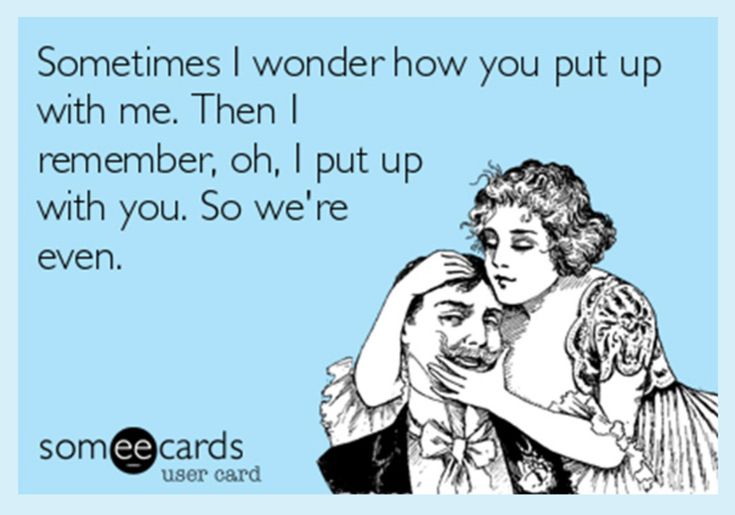 ) Lean your infant forward slightly and to pat your baby, Dr. Husain encourages firm pats (versus gentle patting) higher on the baby’s back for better burping results.
) Lean your infant forward slightly and to pat your baby, Dr. Husain encourages firm pats (versus gentle patting) higher on the baby’s back for better burping results.
3. Laying on lap: Lay your baby on their stomach across your lap and let the back-patting begin. You can give your baby’s head a little extra support with your free hand if needed. You should know, Dr. Husain says, that this isn’t her favorite position because it can lead to more vomiting and she finds many babies aren’t a fan of this position.
What if burping isn’t effective
There are times when you’ve tried all the burping positions and even sung a few choruses of Bon Jovi’s Livin’ On A Prayer for good measure and still your baby cries loud enough for your neighbors to hear. Dr. Husain reassures us that if your baby is resisting a burp, there are baby burping tricks you can try and it’s good to note breastfed babies require less burping than bottle-fed babies.
Baby Burping Tricks
1. Baby massage: Dr. Husain says baby massage is a way to encourage some big ol’ burps. Baby massage can help calm and soothe your little one.
2. Walk around: Dr. Husain advises to get in your steps with your baby before (or during) burping. “The change of pace and change of scenery allows them to relax,” she says.
3. Feed more: If your baby is still fussy after burping, Dr. Husain suggests feeding your infant a little more so they have a fuller stomach. “I’ve seen this work!” she says.
How to burp a baby with reflux
If your baby has been diagnosed with infant reflux, you’ll notice them spitting up frequently, being cranky after eating, and possibly projectile vomiting. The Mayo Clinic reassures reflux generally isn’t cause for concern— only for investing in many more burp cloths. When burping a baby with reflux, the same rules apply although Dr. Husain suggests burping more frequently.
When can you stop burping a baby with reflux
Babies with reflux also begin to burp on their own as they move into their fourth month, Dr. Husain says.
When can I stop burping my baby at night?
Ending your middle-of-the-night burping sessions can occur around two to three months. Dr. Husain does mention that if you’re dream feeding (a practice where a caregiver/parent wakes baby to feed them when not fully awake) you should know it isn’t always necessary to burp. “Your baby may be more relaxed and take in less air in general during the feed,” Dr. Husain says.
At what age do I stop burping my baby completely
While all babies will grow and develop at their own pace, the general rule is that anywhere from four to six months, your baby will outgrow the need to be burped. Once your baby is able to roll over which is around four months, and then sit up which happens close to six months, your baby will more than likely burp themselves.
Now that you have all the tricks of the burping trade, you can discover which ones work best for your little one–until then don’t forget to stock up on the best burp cloths!
The content on this site is for informational purposes only and not intended to be a substitute for professional medical advice, diagnosis or treatment. Discuss any health or feeding concerns with your infant's pediatrician. Never disregard professional medical advice or delay it based on the content on this page.
Discuss any health or feeding concerns with your infant's pediatrician. Never disregard professional medical advice or delay it based on the content on this page.
How to help the baby when regulating
Support icon ofKeywords for searching
Home ›!! How to help a child in sprinkling
Home Home ›!! How to help a child in regurgitation
↑ Verki
Breastal feeding - completely special time for mom and her newborn baby. Together with the feeling of closeness and affection that feeding brings, understanding its nuances cannot but raise many questions, including the question of how to help an infant spit up. Regurgitation in a newborn is by no means always the result of a simple pat on his back. nine0015
In this article, we'll talk about the basics of helping a newborn spit up, as well as other questions you may have about spitting up.
Why do babies spit up?
Let's get it straight: why do newborns need to burp in the first place? During feeding, children usually swallow extra air - this is called aerophagy.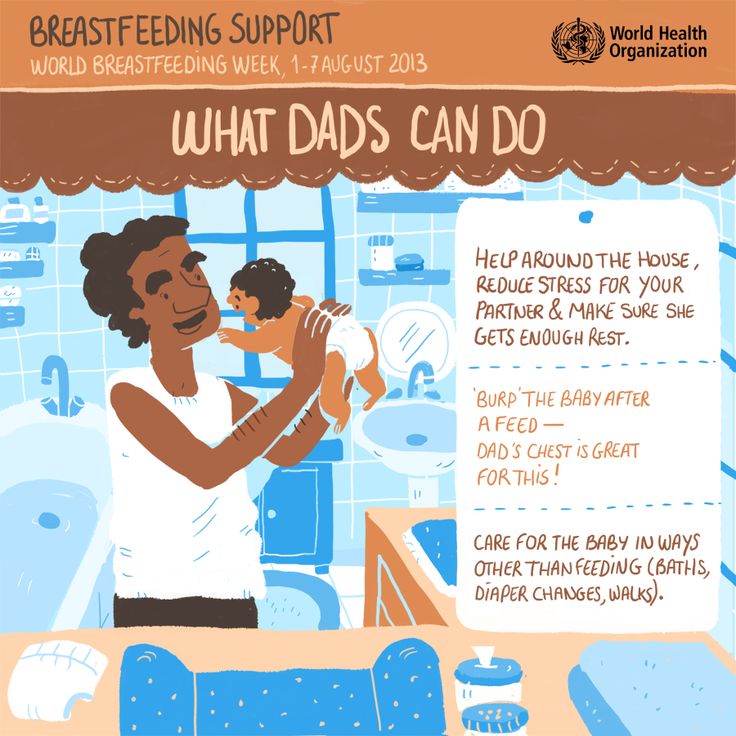 Spitting up helps prevent this air from entering the intestines, as well as vomiting, gas, and crankiness in the baby. To avoid the return of milk after feeding, you should give the baby the opportunity to burp more often. nine0003
Spitting up helps prevent this air from entering the intestines, as well as vomiting, gas, and crankiness in the baby. To avoid the return of milk after feeding, you should give the baby the opportunity to burp more often. nine0003
How to help a newborn spit up?
During the first six months, the baby should be kept upright in a column for 10-15 minutes after each feed. This will help keep the milk in his stomach, but if the baby occasionally burps anyway, parents need not worry. While carrying your baby in an upright position, you can put a baby diaper or wipes on your shoulder to keep your clothes clean.
We've already seen why spitting up is important, now let's find out how to help your baby spit up. Parents should gently pat the baby on the back with a hand folded in a handful until he burps. Folding your hand into a handful is important because clapping with a flat palm may be too strong for an infant.
Every baby is different and there is no one right position for spitting up. To get started, you can try the following options:
To get started, you can try the following options:
- Sitting position with the baby on the chest. In this position, the parent puts the baby's head with his chin on his shoulder and with one hand supports the baby under the back. With the other hand, you can gently pat the baby on the back. This method is most effective in a rocking chair or when the baby is gently rocking. nine0044
- Holding the child upright on your legs. With one hand, parents can hold the baby by the back and head, supporting his chin and placing his palm on the baby’s chest, with the other hand, you can gently pat him on the back. At the same time, it is important to be careful: do not press the child on the throat, but only gently support his chin.
- Holding a baby on your lap while lying on your tummy. Make sure his head is above his chest and gently pat your baby on the back until he burps. nine0015
Here are some tips on how best to help your newborn spit up:
- Let your baby spit up during feeding.
 If the baby is restless or has swallowed air, it is worth giving him the opportunity to burp during feeding, and not just after.
If the baby is restless or has swallowed air, it is worth giving him the opportunity to burp during feeding, and not just after. - When bottle feeding, let the newborn burp after every 50-60 ml.
- When breastfeeding, let the baby burp at every breast change. nine0015
It is important to let your baby spit up after eating, even if he spit up during feeding!
If your baby is gassy, spit up more often. Also, if he vomits frequently or suffers from gastroesophageal reflux disease (GERD), have him spit up after every 30 ml bottle-feeding or every five minutes while breastfeeding.
How long should a baby be held for it to burp? It's different for everyone, but generally keeping a newborn upright for 15 to 20 minutes after a feed helps the milk stay in the baby's stomach. nine0003
Minimize the amount of air you swallow. Gas production and regurgitation result from aerophagia during feeding. The baby will inevitably swallow air, but there are ways to prevent it from swallowing too much.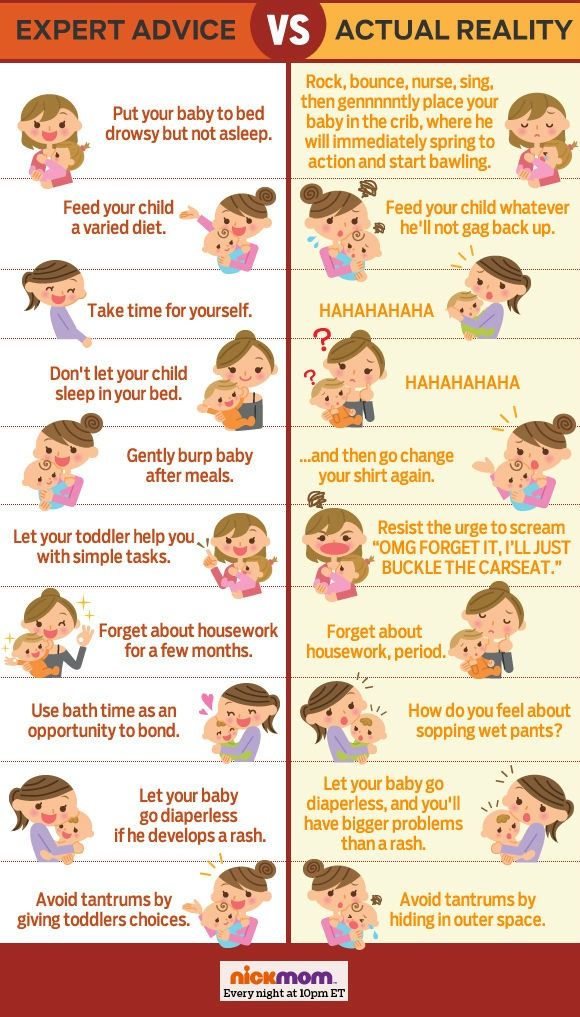 Whether you bottle feed your baby or combine breastfeeding with bottle feeding, the Philips Avent anti-colic bottle with AirFree valve is designed so that the nipple is always filled with milk without excess air, even in a horizontal position, thus preventing the baby from swallowing excess air during feeding. nine0015
Whether you bottle feed your baby or combine breastfeeding with bottle feeding, the Philips Avent anti-colic bottle with AirFree valve is designed so that the nipple is always filled with milk without excess air, even in a horizontal position, thus preventing the baby from swallowing excess air during feeding. nine0015
Reducing the amount of air your baby swallows can help reduce your baby's risk of colic, gas, and spitting up.
Breastfeeding is a wonderful time to strengthen the bond between parent and baby. Every mom and every baby is different, so learning to help your newborn burp properly can take time and practice.
Articles and tips from Philips Avent
Baby+ app
Download the app and track your child's development and growth with trackers, and keep those special moments forever.
Download app:
You are leaving the Philips Healthcare (“Philips”) official website. Any links to third party websites that may be included on this site are provided solely as a convenience to you.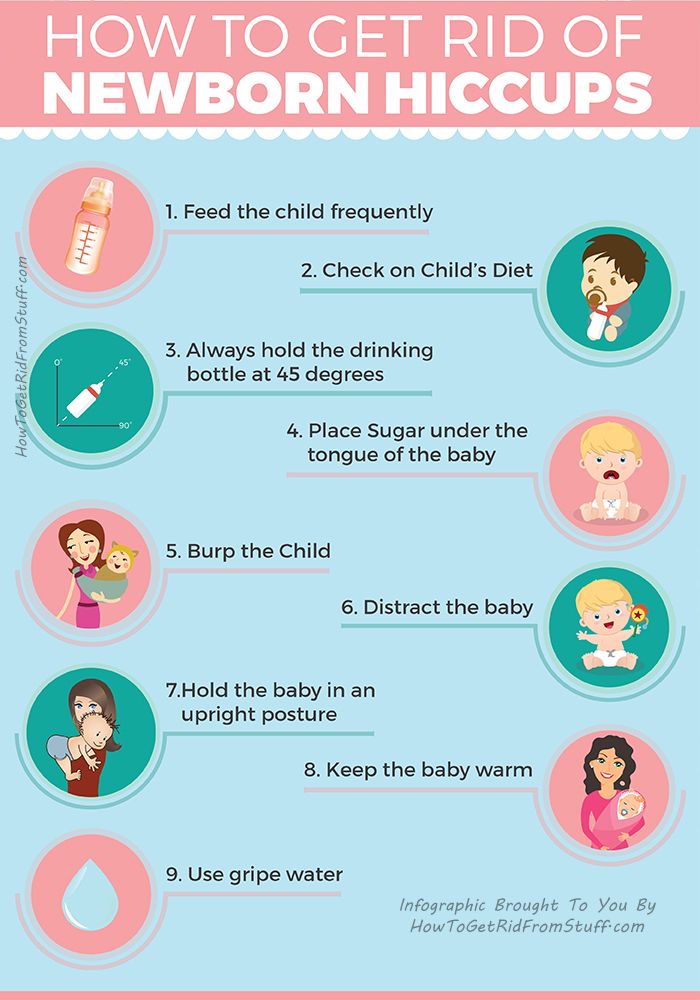 Philips makes no warranties regarding any third party websites or the information they contain. nine0003
Philips makes no warranties regarding any third party websites or the information they contain. nine0003
I understand
You are about to visit a Philips global content page
Continue
You are about to visit the Philips USA website.
I understand
Tips on how to calm a crying baby
Crying is a way for a baby to communicate, but despite its naturalness, it is not out of place to try to calm a crying baby. It is logical that parents will have a question: “How to calm the child?” This may seem like a daunting task at times, but understanding the reasons will help you learn how to soothe a crying baby. Remember: you are doing great. We just want to give you some useful tips to help ease your worries. nine0003
If you have any questions or concerns about your baby's crying, seek medical advice. Sometimes crying can be a sign of an existing medical condition, so it's best to pay attention to any additional symptoms right away.
Why does your baby cry
Baby crying is not only natural but also expected, especially during the first three months of life. Babies usually cry for an hour every day for the first few weeks. At about six weeks old, your baby may cry for up to two hours a day, and from eight weeks on, again for about one hour a day. However, remember that all babies are different and cry differently! nine0115 1
Crying is a way of saying something is wrong. When it comes to learning how to soothe a crying baby, it's important to understand what exactly is causing her anxiety. Your baby may cry if: 1
- he is hungry;
- the baby is troubled by belching or bloating;
- need a diaper change;
- he wants to sleep;
- wants to be picked up or rocked; nine0044
- baby is hot or cold;
- baby has colic;
- feels uncomfortable: wants to roll over, pressure on diaper or clothes, or tight swaddling interferes with baby;
- the baby is teething.
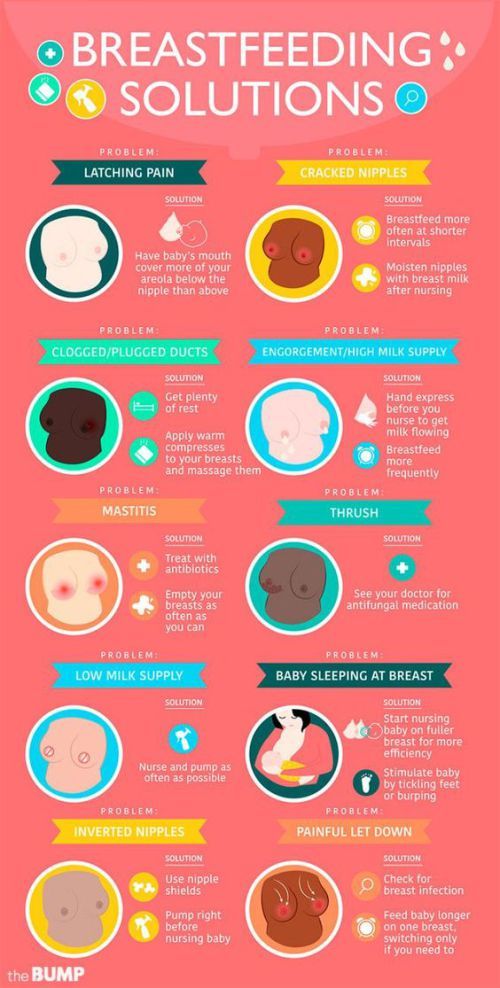
If your baby cries for more than three hours a day and more than three days a week, he may be suffering from colic. However, this is not a reason to panic, and there are several ways to soothe a child with colic. Find out here about colic, its symptoms, and how to soothe a baby with colic. nine0003
If you think reflux (regurgitation) may be the cause of your crying, you can learn more about the different types of reflux and how to manage it here.
Be sure to contact your child's doctor if your baby seems ill or has the following symptoms in addition to excessive crying: 1
- fever;
- shortness of breath or cough; nine0044
- vomiting;
- diarrhea;
- rash;
- crying worse when the child is picked up or moved;
- increased irritability or lethargy.
How to soothe a crying baby
Once you have ruled out some potential causes of crying, you will have a better idea of how to soothe your baby. The most important thing to remember is not to get upset and stay as calm as possible. nine0003
The most important thing to remember is not to get upset and stay as calm as possible. nine0003
Here are some tips and tricks on how to calm your baby: 2
1. Swaddle your baby.
One of the most useful techniques to soothe a crying baby is swaddling. When doing this, make sure that you do not cover the child's head and do not overheat him. Don't swaddle your baby too tight: swaddling too tightly can interfere with your baby's natural body position, breathing, and blood circulation: your baby may not like it, causing him to cry. Don't swaddle your baby when he starts to roll over, which usually happens around four months of age. nine0003
2. Take the child in your arms and comfort.
When your baby is crying, it's natural for you to want to pick him up. And when your newborn cries for no reason, he probably wants to be picked up. If you're trying to calm your baby at night, try keeping him upright or in a rocking chair until he falls asleep.

